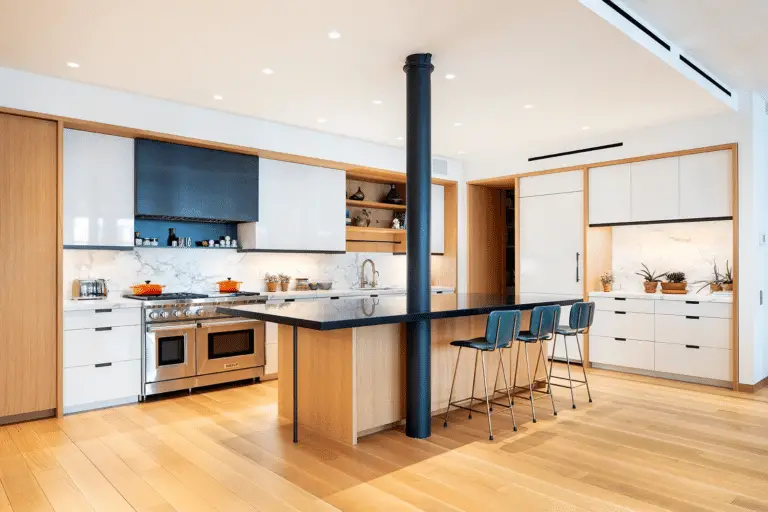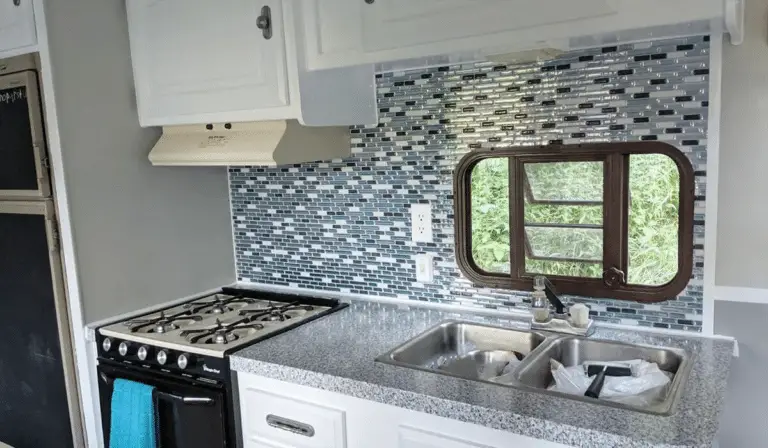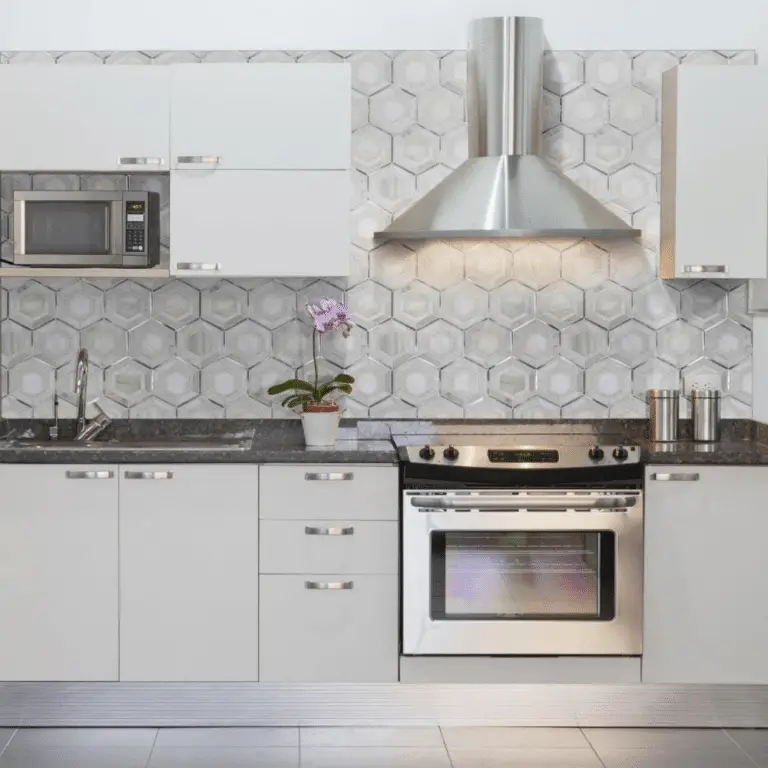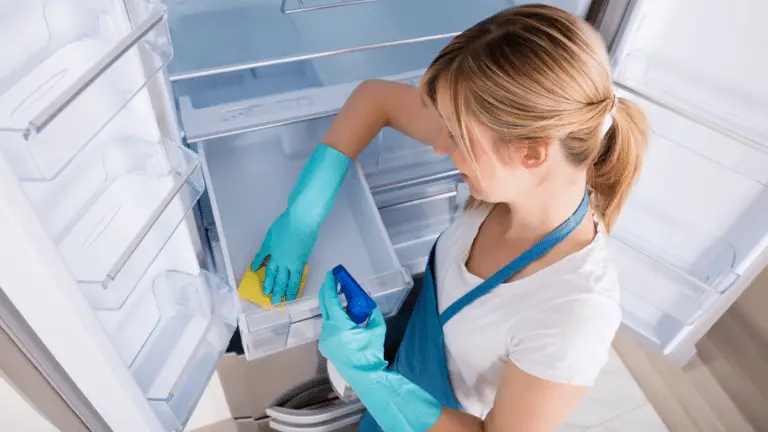Looking to upgrade your kitchen? Dive into our latest blog post on kitchen carcass materials! From the durability of plywood to the affordability of particle board and the smooth finish of MDF, we’ve got you covered.
Let’s make sure you choose the perfect material for your dream kitchen! So, keep reading to find out more about comparing kitchen carcass materials.
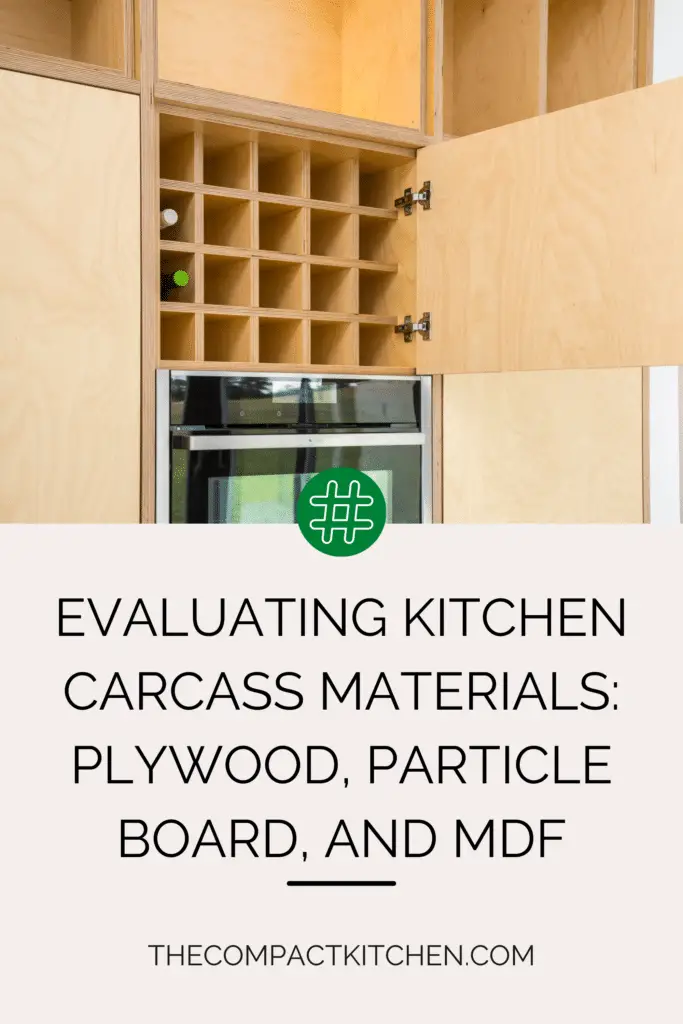
Introduction to Kitchen Carcass Materials
When it comes to designing a kitchen, one of the most crucial decisions you’ll make is choosing the right carcass material for your cabinets. Kitchen carcass materials serve as the foundation of your kitchen cabinetry, providing structural support and determining the overall durability and aesthetic appeal of your kitchen space. Understanding the different options available and their respective pros and cons is essential to making an informed decision that suits your needs, style, and budget.
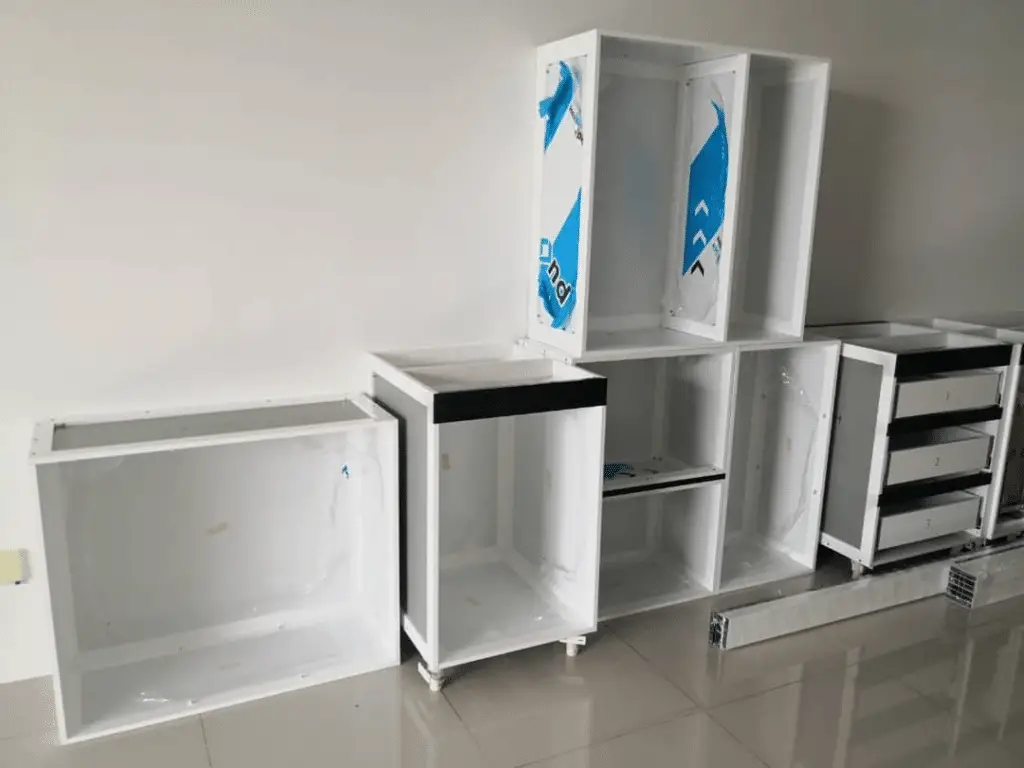
Whether you’re a cooking enthusiast looking for a robust material that can withstand heavy daily use or someone who prioritizes the design and visual appeal of their kitchen, there are various factors to consider when comparing kitchen carcass materials. From plywood to particle board and medium-density fibreboard (MDF), each material has its unique set of attributes that make it suitable for different kitchen requirements.
Why Different Materials Matter
When it comes to selecting a kitchen carcass material, understanding the reasoning behind choosing one material over another is crucial. Factors such as the level of durability required for your kitchen’s usage, the preferred aesthetic style, and the budget considerations all play a significant role in determining the most suitable option.
For example, plywood is often favored for its exceptional durability and water-resistance, making it an ideal choice for kitchens that experience high levels of moisture and heavy use. On the other hand, particle board is a cost-effective option that offers ease of workability, making it a popular choice for budget-conscious homeowners.
By exploring the unique attributes of each kitchen carcass material and assessing how they align with your specific needs and preferences, you can make an informed decision that ensures your kitchen cabinets not only look great but also stand the test of time.
In a hurry? Check this comparison table:
| Feature | Plywood | Particle Board | MDF (Medium-Density Fiberboard) |
|---|---|---|---|
| Material Composition | Layers of wood veneers glued together. | Wood particles combined with a resin and pressed into sheets. | Engineered wood product made by breaking down hardwood or softwood residuals into wood fibers. |
| Strength and Durability | High strength and stability. Resists warping and bending. | Less durable than plywood and MDF. Prone to damage when wet. | Strong, but can sag under heavy loads. Better resistance to moisture than particle board. |
| Moisture Resistance | Better than particle board and MDF. Suitable for areas with some exposure to moisture. | Low. Swells and deteriorates quickly when exposed to moisture. | Moderate. More moisture-resistant than particle board but less than plywood. |
| Weight | Heavier, due to its dense layers. | Lighter than plywood and MDF, making it easier to handle and install. | Heavier, similar to or slightly less than plywood. |
| Surface Finish | Smooth surface that can be painted or stained. Veneer finishes can also be applied. | Generally requires a veneer or laminate to improve appearance. | Very smooth surface ideal for painting. Does not require a veneer for a finished look. |
| Workability | Can be cut and drilled with standard tools. Edges may fray if not properly finished. | Easy to cut and shape but requires careful handling to avoid chipping. | Easy to work with and produces fine edges when cut. |
| Cost | More expensive due to its strength and durability. | The least expensive option. Ideal for budget projects. | Mid-range, generally cheaper than plywood but more expensive than particle board. |
| Environmental Impact | More sustainable if sourced from certified forests. Manufacturing process is less intensive than MDF. | Low. Uses waste wood products, but the manufacturing process involves chemicals. | Moderate. Made from wood fibers but uses more energy and chemicals in its production than plywood. |
| Best Used For | High-end projects where durability and strength are paramount. Suitable for areas with occasional moisture exposure. | Economical projects, temporary constructions, or where weight is a concern. Not recommended for areas prone to moisture. | Projects requiring a smooth finish with moderate durability. Ideal for painted surfaces and indoor use where moisture is not a concern. |
The Attributes of Plywood as a Kitchen Carcass Material

When it comes to choosing the right material for your kitchen cabinets, plywood stands out as a popular choice for many homeowners. Its unique properties make it a reliable option for kitchen carcass construction. Let’s delve into the attributes of plywood and understand why it is favored in the world of kitchen design.
Durability and Water-Resistance
One of the key reasons why plywood is a preferred material for kitchen cabinets is its exceptional durability. Plywood is made by layering thin sheets of wood together, creating a strong and sturdy structure that can withstand the wear and tear of daily kitchen use. This durability ensures that your cabinets will last for years to come, saving you the hassle of frequent repairs or replacements.

Additionally, plywood is known for its water-resistant properties. Unlike other materials like particle board, plywood is less prone to swelling or warping when exposed to moisture. This makes it an ideal choice for kitchen environments where spills and humidity are common occurrences.
Budget and Aesthetic Appeal
Despite its durability and water-resistance, plywood also offers a cost-effective solution for homeowners on a budget. While it may be slightly more expensive than particle board, the long-term benefits of plywood’s durability often outweigh the initial investment. Plus, the natural wood grain of plywood adds a touch of elegance to your kitchen, elevating its aesthetic appeal.
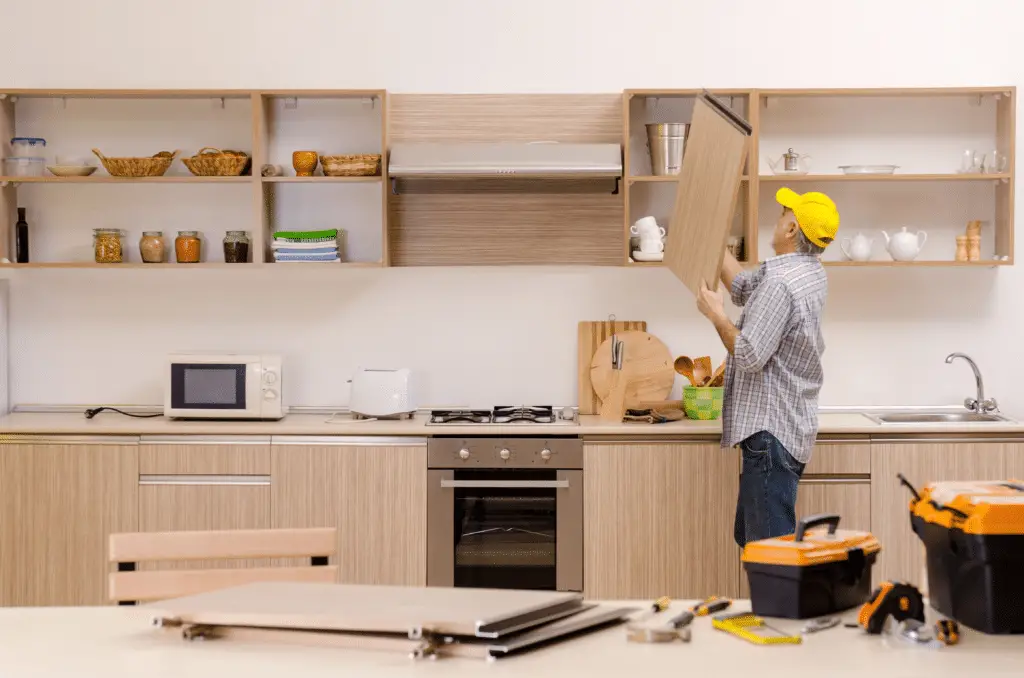
When comparing the budget and aesthetic considerations of plywood to other kitchen carcass materials, plywood emerges as a versatile choice that strikes a balance between affordability and visual appeal. Whether you prefer a classic or modern kitchen design, plywood can complement a variety of styles, making it a versatile option for your cabinetry needs.
Exploring the Merits of Particle Board in Kitchen Carcass Construction
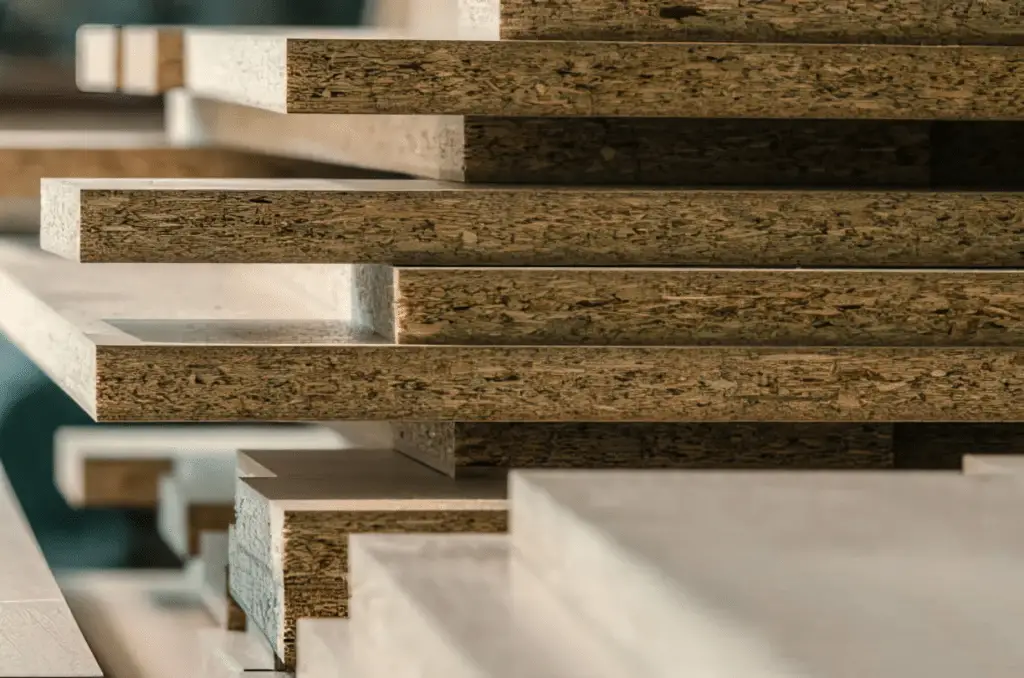
When it comes to choosing the right material for your kitchen carcass, particle board is often a popular option due to its affordability and ease of workability. Let’s dive into the properties of particle board and why it may be a viable choice for your kitchen design.
Low Cost and Easy Workability
One of the key advantages of using particle board for kitchen carcasses is its low cost compared to other materials like plywood or MDF. This can be a significant factor for those on a tight budget or looking to save money on their kitchen renovation.
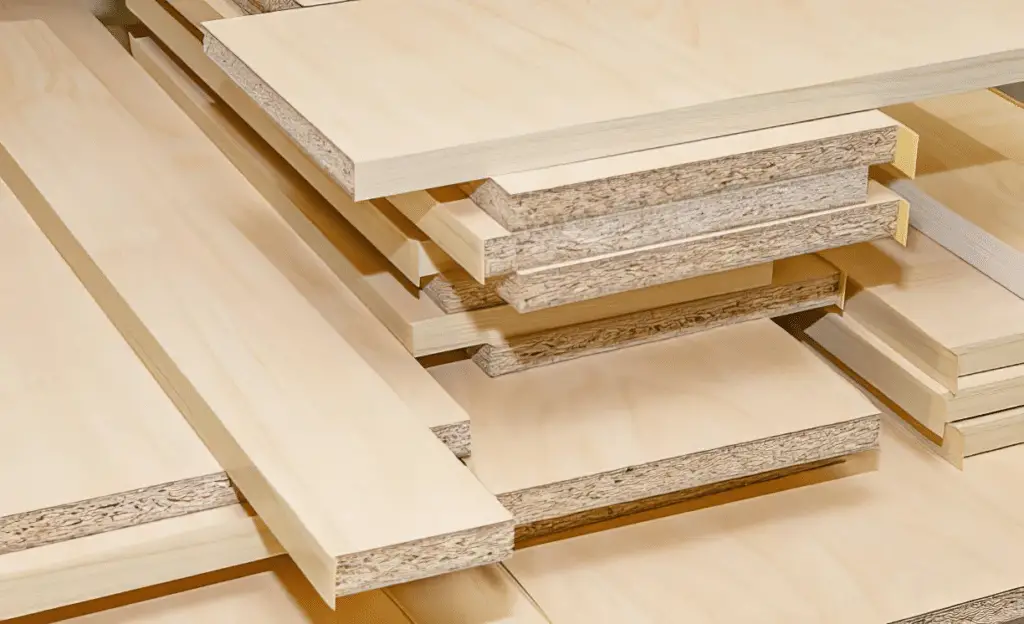
Additionally, particle board is known for its ease of workability, making it a preferred choice for DIY enthusiasts or those looking for a material that can be easily cut, shaped, and assembled to fit their specific design needs.
Limitations of Particle Board
While particle board offers cost-effective and workable options for kitchen carcasses, it does come with some limitations that should be considered. One of the main drawbacks of particle board is its lower durability compared to materials like plywood or MDF.
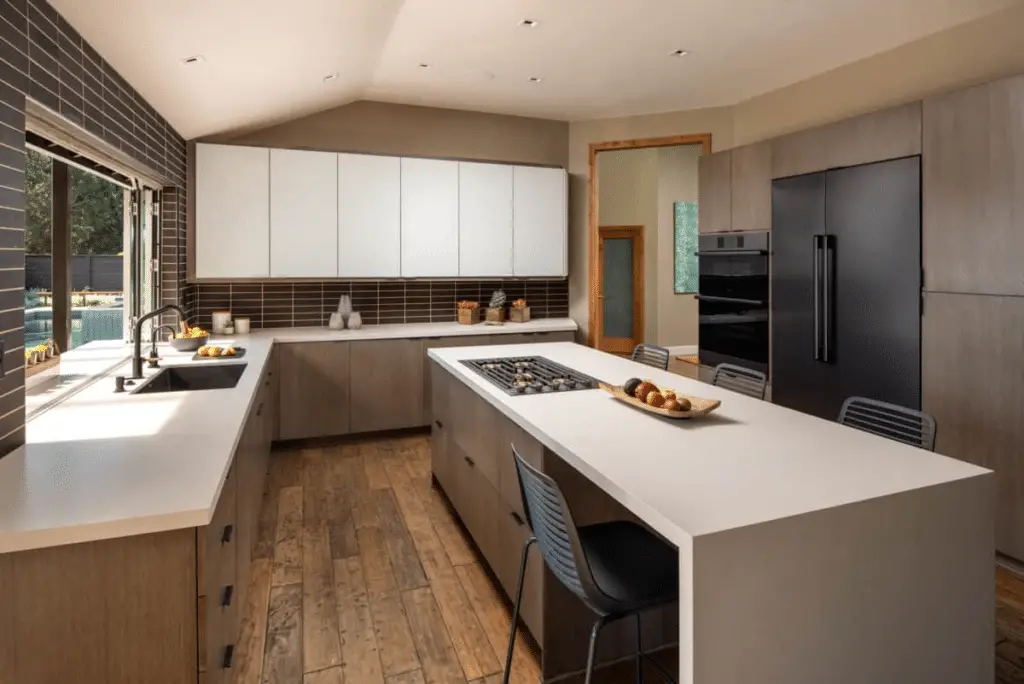
Particle board is more prone to swelling and damage when exposed to moisture, which can be a concern in a kitchen environment where water contact is common. It’s essential to take proper precautions to protect particle board cabinets from water damage to ensure their longevity.
Despite these limitations, with proper care and maintenance, particle board can still be a practical and cost-effective choice for kitchen carcass construction, especially for those working within a limited budget.
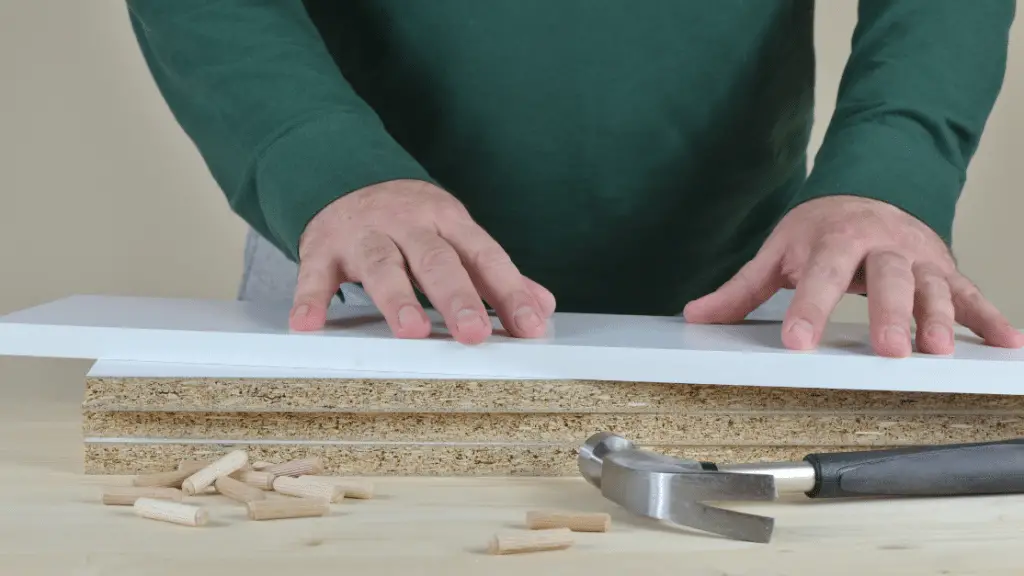
When considering particle board for your kitchen cabinets, it’s essential to weigh the pros and cons carefully and assess how well it aligns with your design preferences, budget constraints, and durability requirements.
Assessing the Suitability of Medium-Density Fibreboard (MDF)
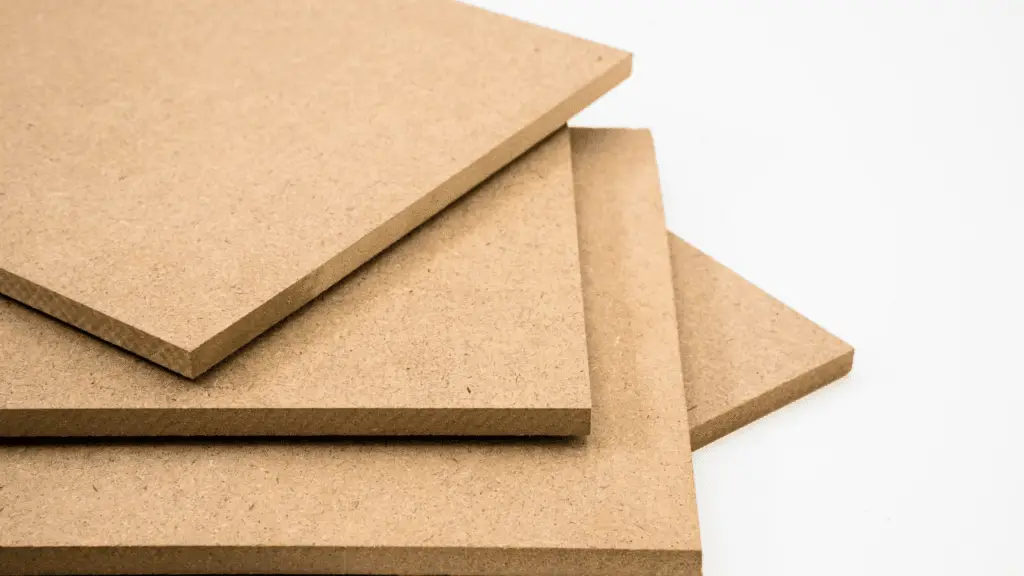
When it comes to kitchen carcass materials, Medium-Density Fibreboard (MDF) is a popular choice due to its unique characteristics that set it apart from other options. Let’s delve into the specifics of MDF and see how it measures up in comparison to plywood and particle board.
Characteristics of MDF
MDF is known for its smoothness and consistency, making it an ideal choice for painted finishes in kitchen cabinetry. The uniformity of MDF allows for a seamless, professional look that can elevate the aesthetic appeal of your kitchen.
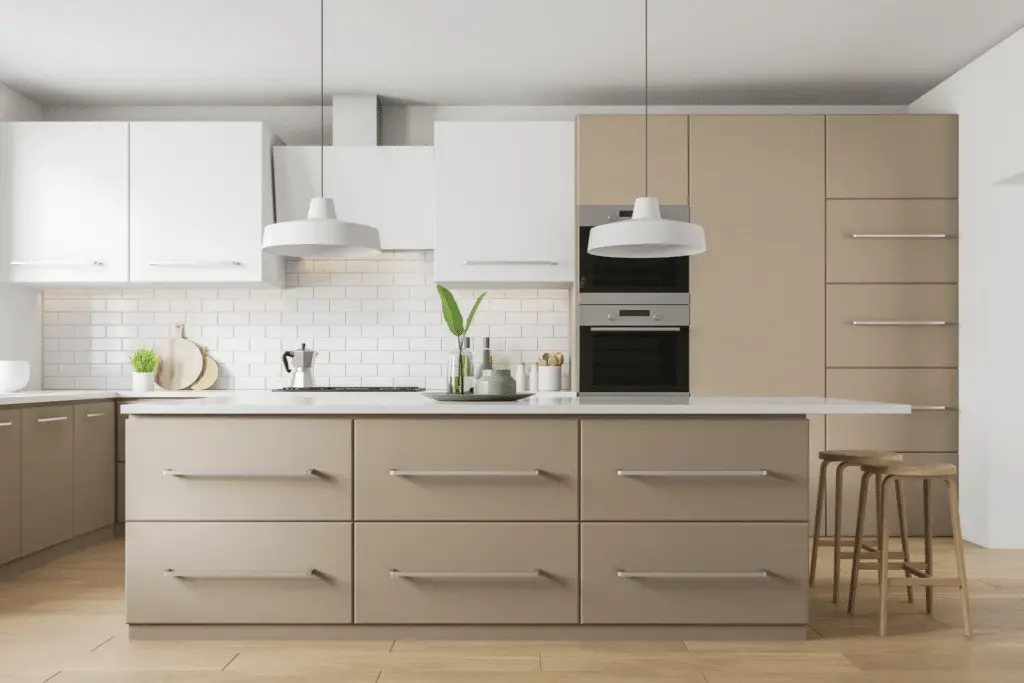
Additionally, MDF is a versatile material that is easy to work with, allowing for intricate designs and details to be crafted with precision. This makes it a favorite among designers who value customization and creativity in their kitchen projects.
Cost, Durability, and Aesthetics Comparison
When assessing the suitability of MDF for kitchen carcasses, it’s important to consider its cost, durability, and aesthetics in relation to plywood and particle board.
While MDF tends to be more affordable than plywood, it may not offer the same level of durability as plywood in high-moisture environments. However, with proper sealing and maintenance, MDF can still provide long-lasting performance in most kitchen settings.

In terms of aesthetics, MDF’s smooth surface is excellent for achieving a flawless painted finish that can suit a variety of kitchen styles and design preferences. Its consistent density also ensures that the color and texture of the paint remain uniform throughout the cabinet structure.
Overall, MDF is a versatile and cost-effective option for kitchen carcass construction, offering a balance of durability, aesthetics, and affordability that can meet the needs of many homeowners.
Conclusion: Making the Best Choice for Your Kitchen
When it comes to choosing the best kitchen carcass material for your project, there are a few key factors to consider. By taking into account your budget, design preferences, and how you plan to use your kitchen, you can make an informed decision that will meet your needs and stand the test of time.
Consider Your Budget
One of the most important considerations when selecting a kitchen carcass material is your budget. Plywood is often considered a more premium option due to its higher quality and durability, while particle board tends to be more budget-friendly. Medium-Density Fibreboard falls somewhere in the middle in terms of cost, offering a balance between price and performance. By aligning your budget with the material that best suits your needs, you can ensure you are getting the most value for your money.
Think About Your Design Preferences
Your kitchen design plays a significant role in determining the best material for your cabinetry. Plywood is known for its natural wood grain and versatility, making it a popular choice for a variety of styles.
Particle board, on the other hand, may lack the aesthetic appeal of plywood but offers a smooth surface that is easy to customize with laminate or veneer.
MDF shines when it comes to painted finishes, providing a consistent base that is ideal for achieving a flawless look. Consider the overall aesthetic you are aiming for in your kitchen to help guide your material choice.
Weigh Utility Needs
Finally, it is essential to consider how you plan to use your kitchen when selecting a carcass material. Plywood’s durability and water-resistance make it a reliable choice for high-traffic areas that may be exposed to moisture.
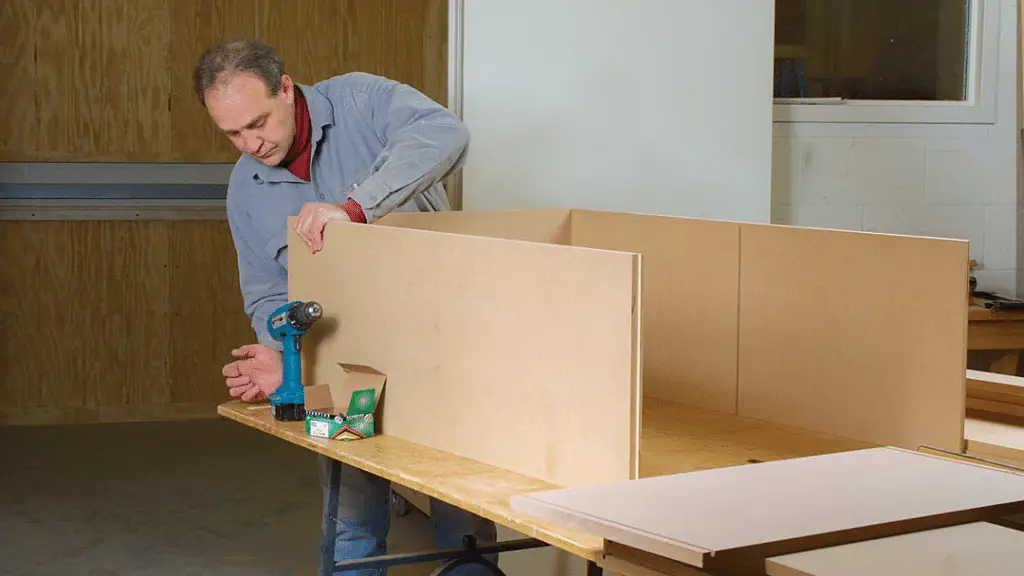
Particle board is better suited to spaces where water exposure is minimal, as it is more prone to swelling. MDF, with its smooth finish, is perfect for areas that will be painted and requires a sleek look. By assessing your utility needs, you can select a material that will withstand the demands of your kitchen environment.
Ultimately, the best kitchen carcass material for you will depend on a combination of budget, design preferences, and utility needs. By carefully evaluating these factors and weighing the benefits and drawbacks of plywood, particle board, and MDF, you can make an informed decision that will result in a functional and visually appealing kitchen that suits your lifestyle.
Choosing the Perfect Kitchen Carcass Material
When it comes to selecting the right kitchen carcass material, the key is to balance budget, durability, and aesthetics. Plywood offers durability and water-resistance, while particle board is cost-effective but less durable. MDF provides smooth finishes perfect for painting. Remember, each material has its own unique benefits and drawbacks. So, consider your needs and make the best choice for your kitchen. Happy remodeling!



